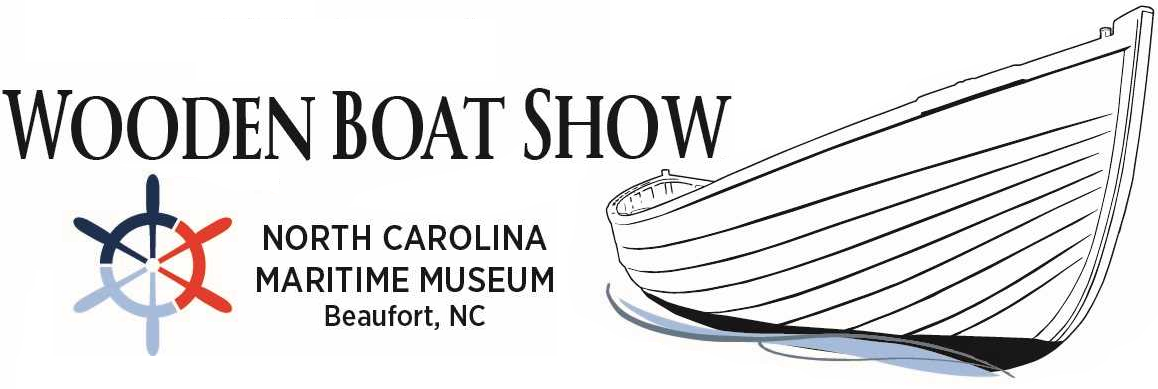A Piece of Rope becomes a work of art
Don Van Hoy became fascinated with rope while serving in the U.S. Coast Guard. That was more than 20 years ago, and his fascination still continues.
Van Hoy is keeping alive a tradition of working with ropes and knots for practical purposes. Known as Marlinspike seamanship, the practice goes back as long as there have been ships going to sea.
Knots had to be made up properly so the sailor could tighten them and be able to loosen them so the line could be used again without having to cut it. Splices were worked into line to be able to form a loop in the end of a line and to join two lines together to make one long one. The metal marlinspike and wooden fid were tapered cone shaped tools used to separate strands of rope.
The sailor who became proficient at tying knots and working with line could also be referred to as a marlinspike. Old line was often recycled and made into items to be used in different fashion aboard the ship. Deck and ladder mats, monkey’s fists for heaving lines and bell ropes were made by the sailors when they were not on watch.
While being gone far from home for long periods of time, sailors thinking of home, made gifts to take back to loved ones. Small strands of line were turned into intricate and beautiful jewelry, picture frames and buttons, amongst other things.
“Marlinspike seamanship will always be important as long as ships continue to go to sea,” said Van Hoy. Today, he makes handcrafted and practical items for use at home or on a boat by those of who care to keep this old art form alive and well.
For more information on Van Hoy’s traditional knotwork, visit his website.
The North Carolina Maritime Museum is located at 315 Front Street, Beaufort, NC 28516. For more information about the museum, visit www.ncmaritimemuseumbeaufort.com.

